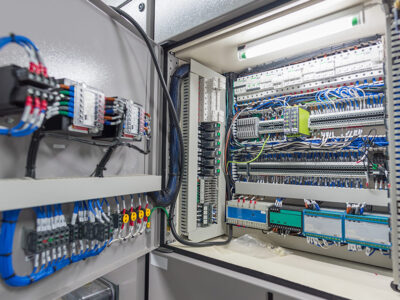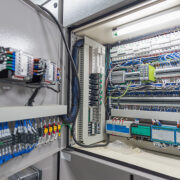
Warehousing and manufacturing businesses that deal with a lot of chemical storage should care about their response strategies for any spillages. There have been cases where biohazard accidents led to disease and fire outbreaks in the region where they occurred in. Defined here is a procedure that one can use to handle any spillages in their businesses; however, preventive measures must first be established before reaching out to chemical spill cleanup companies.
Inform Others and Ring the Emergency Alarm
Anyone on the scene should begin by informing others. Notify the remaining staff and authorities immediately before initiating the lockdown procedure. This is particularly critical when flammable fluid or biohazard chemicals have the potential to cause outbreaks. The management should consider the appropriate cleaning crew. Provide immediate assistance and treatment to anyone harmed or injured.
Application of Spill Control Measures
Spill containment must be the next step to ensure that the spill does not spread to other areas. It is critical to wear the proper protective gear when performing tasks such as closing loose valves. Additionally, this plan includes shutting down any sources of heat that could ignite the flammable spillage, resulting in an explosion. The section can then be isolated, and any air entry points sealed for easy control. As a result, it takes planning to ensure that your staff understands such safety measures and may even require drill lessons to teach your team.
Contain or Treat the Hazard
Any release or leakages of the spillage to the adjacent environment could be detrimental to those living around it. It is necessary to try and contain, if not collect, the spillage into one area if you have the safety gear needed. Without the proper protective clothes and tools, you should consider calling experts to come and collect and treat the hazard to make the area safe for working and regular operations again. There are spill socks and other absorbent materials you can use to prevent the leakage from leaking to the outside environment.
Clean the Spillage
Cleaning is the last step in handling your chemical or biohazard spillage. Now that you have contained in one section, you need to safely collect, treat and dispose of the spillage as per the demands of your local authority. The spillage area will need a thorough cleaning, including vacuuming before normal operations can be resumed. You need safety gear and suitable cleaning agents like bleach, plenty of clean flowing water, and decontaminating the areas to safeguard its regular occupants. Most of these tasks are best handled by professional spillage cleaners who are both equipped and trained to respond to and handle different forms of spillages.











